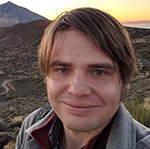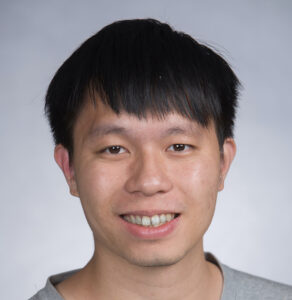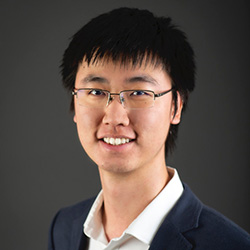Welcome New Postdoctoral Researchers!
We are excited to introduce CIERA’s incoming Postdoctoral Fellows and Associates. They will bring a wide-range of expertise that promises to advance CIERA’s cutting-edge research programs.
 |
Anna Childs Anna (University of Nevada, Las Vegas) will be a Postdoctoral Associate working with Dr. Aaron Geller to analyze binary populations in stellar clusters. In addition to identifying binary stars in observational data, she is also interested in studying planet formation and planet dynamics around single and binary stars. She has developed and utilized a myriad of numerical tools for her research. |
 |
Bryan Scott Bryan (University of California, Riverside) will join CIERA as the DSFP Postdoctoral Fellow. His research is in large scale structure cosmology and high redshift astrophysics. He’s specifically interested in diffuse backgrounds science and in fundamental physics constraints, such as modified gravity, from large surveys and line intensity mapping. He hopes to focus on building community and supporting graduate students through teaching and mentorship. |
 |
Dino Chih-Chun Hsu Dino (University of California, San Diego) will be joining as a Postdoctoral Associate working with Prof. Jason Wang. Dino is interested in low-mass stars, brown dwarfs, and exoplanets, using near-infrared high-resolution spectroscopy. He has studied the population kinematics and rotation of local low-mass stars and brown dwarfs and identified very low-mass binaries by measuring precise radial and projected rotational velocities with Keck/NIRSPEC and SDSS/APOGE |
 |
Caitlin Witt Caitlin (West Virginia University) will be the first CIERA-Adler Postdoctoral Fellow. She will contribute to outreach activities at the Adler Planetarium, in addition to pursuing her own research, focusing on multi-messenger astronomy that combine observations of light emitted by distant galaxies with low-frequency gravitational wave searches for supermassive black hole binaries. At CIERA, she’ll remain involved in the NANOGrav collaboration and expand her interest in time-domain surveys and big data to learn more about supermassive black hole binaries, the galaxies they reside in, and key signatures that can help us find them. |
 |
Jason Guochao Sun Jason (California Institute of Technology) is joining as a CIERA Postdoctoral Fellow. He studies galaxy formation and evolution using various tools in observational cosmology. At CIERA, he plans to use numerical simulations to study the formation of galaxies and their connection to the large-scale structure. He’s very interested in the FIRE simulation and the research happening in Prof. Claude-André Faucher-Giguère’s group. |

